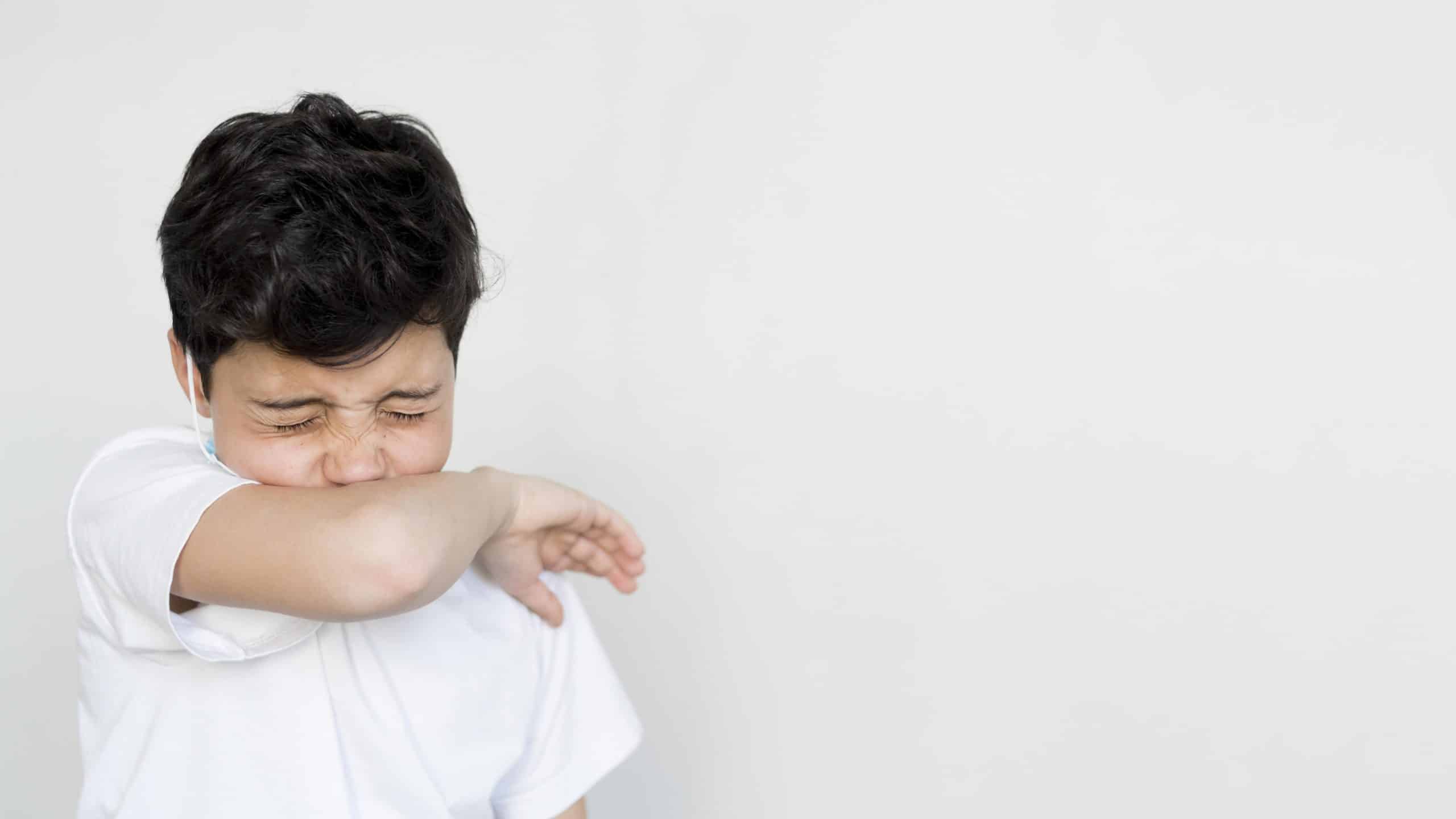If they don’t feel safe, students cannot learn and staff won’t be poised to lead. For these reasons, health and safety is the main priority in schools as classes resume this fall. Schools have a large responsibility in students safety, learn more about the responsibilities of schools.
The newest major focus is to protect the health and well being of students and school staff against pandemic threat. A less direct but equally concerning result of the pandemic is stress. Both students and staff will carry the stressors of the pandemic with them on day one, so districts must work to meet social and emotional needs as much as the educational ones.
Mental Health
Both students and staff have been absent from the school premises for many months. This raises many concerns for the mental wellness of children and adults. The absence of a routine, social outlets and for some kids a safe environment, is detrimental. It creates stress that people deal with in very different ways. Some are concerned that when school resumes, this stress will manifest in individuals and will result in the following behaviors.
Students
Many students are in a difficult season. They may project the stress of a layoff or struggle to cope with the trauma of abusive parents during quarantine. In either case, the baggage students carry from living through the pandemic will affect their ability to learn, and may interfere with others around them.
Bullying is one of the major issues educators have to watch for. Bullies seek to gain power over someone, especially in situations they can’t control (like this pandemic). The bully is likely struggling in some way, and lashes out physically, verbally or online to hurt others. Both victims and bullies themselves experience many psychological impacts that can lead to depression or physical violence.
School authorities are responsible for recognizing and addressing bullying. Understanding Bullying education for school personnel helps identify the four types of bullying and learn prevention strategies. Your staff’s ability to act on this knowledge undoubtedly protects the emotional and psychological well-being of children.
Teachers
Usually teachers spend the weeks leading up to the first day of school cleaning and decorating classrooms, managing book inventories or gathering extra supplies for students. This year, they’re constructing barriers to protect kids from each other’s germs, and some are even preparing a will.
The amount of work teachers are putting into the job before they even feel safe enough to show up is astounding. When they do finally get to return, teachers expect immense behavioral and emotional challenges from students, all the while battling their own personal issues surrounding the COVID crisis. But that’s not all. They must also figure out how to deliver lesson plans digitally.
Student achievement and wellness correlates to teachers’ mental health and wellness. But the U.S. already faces a teacher shortage and high burnout rates. This is exactly why administrators must protect teachers’ well-being and help them prioritize personal wellness. Also beware of Vigilance Fatigue and how to beat it.
Physical Health
Return to school stress will be impacted by a school district’s ability protect the physical health of students and staff. Realistically, the success of each building depends on the population’s collective effort to practice personal hygiene and take the new health guidelines seriously.
These school-wide procedures will be implemented to reduce the transmission of COVID-19:
- Wear masks at all times (at least when distancing is not possible).
- Wash hands frequently and use hand sanitizer when soap and water aren’t available.
- Maintain social distancing as much as possible.
- Clean and disinfect frequently touched surfaces.
- Sneeze, cough and yawn into your elbow.

Use public health rules and guidelines, including state and local mandates, as a foundation, and encourage parents to reinforce good hygiene habits at home to help their kids follow consistently at school. Parents also need to be vigilant about checking kids’ temperatures each morning, and keeping kids home if they have sore throats or a persistent cough.
How to Alleviate Stresses
Alleviate the Stress of Mental Health
One way to alleviate mental health stressors for everyone in-person and those learning virtually is to connect one-on-one. Traumatized students may need individual attention to talk about emotions. School staff might ask what’s going on at home or at school to trigger certain symptoms and be able to uncover root issues sooner this way. The same goes for colleagues who’ve struggled with the return to school and might not open up in a large group setting. Making the time to speak one-on-one shows people you care about them and gives you an opportunity to recommend unique interventions.
Consider a multi-tiered system of supports to connect students with the resources they need. In this pandemic state with amplified stress, mental health experts recommend using tier 2 supports universally for all students. Normally, we reserve these for at-risk students. Likewise, tier 3 targeted/intensive supports may be applied to the at-risk and high-risk students.
Teachers must prioritize self care – staying strong and well to best lead their students to follow suit. These following three activities may help teachers keep their minds off what they can’t control – such as the spread of the virus, the government’s plan, or the economy.
Instead, teachers who focus on nutritious diet, exercise, sleep and other things they can control.
For those learning or teaching from home, you will alleviate extra stress by keeping your workspace organized. A messy desk is not going to put you in the best headspace. Keep it clean to help you stay positive.
Alleviate the Stress of Physical Health
The barrage of new health and safety procedures is somewhat overwhelming. Ensure your entire district follows health recommendations from trusted sources, like the local health department. Clear, consistent communication about the new procedures is necessary to relieve some of the stress school families and employees feel about returning. Go one step further to ease concerns by showing people what’s required, instead of simply telling them. Visuals help to manage expectations, so create a video to show parents what changes you’ve made in their child’s classroom or on the bus. This builds trusts between the district and the community.
Several parents have pushed back about their children wearing masks all day at school. Inform families about your policy for “mask breaks” and how teachers have the individual discretion to provide them when possible. For additional relief, teachers will be encouraged to take classes outside as much as weather and space permits. Some schools erected large tents to increase shaded outdoor space for this scenario.
Finally, everyone is encouraged to stay physically active outside of school. Regular exercise offers mood-boosting benefits that are especially important in a stressful season.
Other Ways To Help Your Students & Staff This School year
While the world is actively changing – school districts may need to adjust to support the community during this transition. Navigate360 can help you prevent and prepare this school year.
There are many ways to keep you community safe. Navigate360 has training and certification programs that can meet the current needs for K-12 schools, and other industries. Learn more about the other Educations Solutions at Navigate360.
To find out other ways we can help students and staff, call our specialists at 330-661-0106 or visit us at Navigate360.




